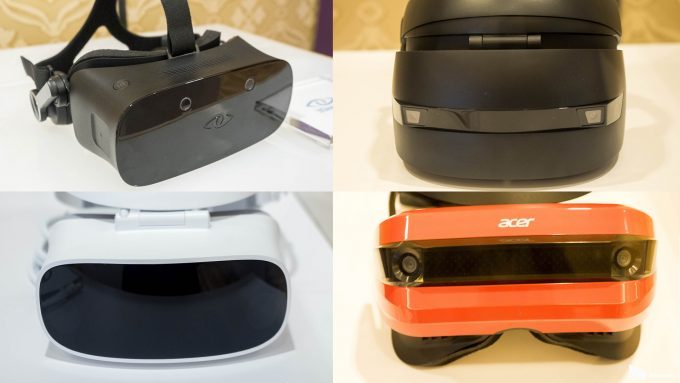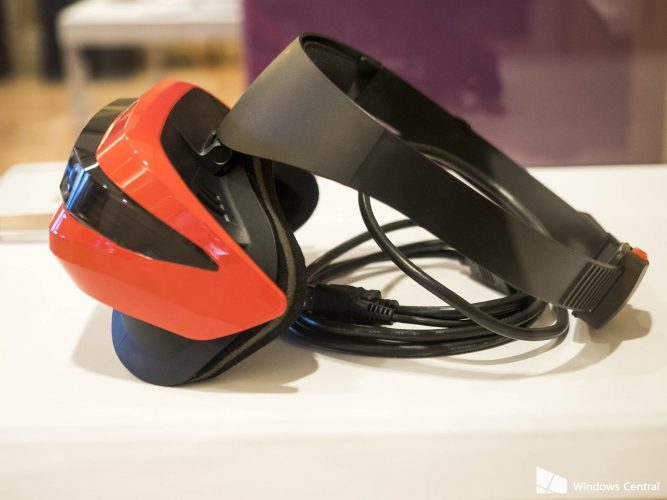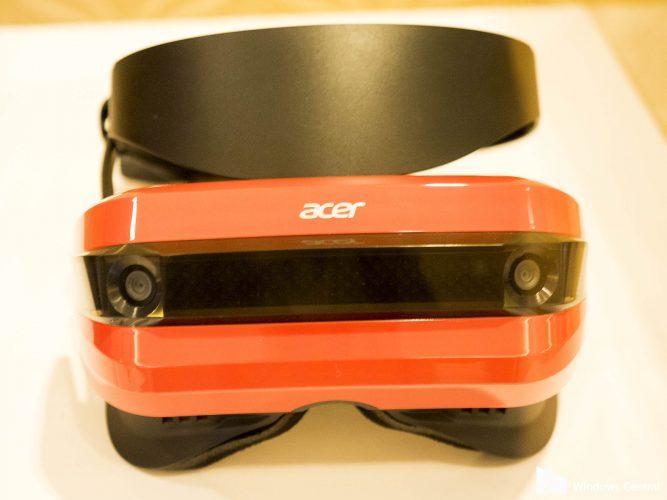Here’s a visual tour of some of the first VR headsets to be shown adopting Microsoft’s new Windows Holographic platform. At CES Acer, 3Glasses, Dell, HP and Lenovo are all showing VR headsets due for 2017, this is what they’ll look like.
Microsoft’s Windows Holographic is the company’s immersive initiative built on foundations begun with their first foray into the augmented reality world with their HoloLens visor. At the time of HoloLens’ launch, Microsoft announced that Windows Holographic would be a unified platform for immersive devices, built into every copy of Windows 10. Therefore, any manufacturer looking to enter the VR or AR space could design and build that hardware atop Windows Holographic, knowing the APIs used would be universally available to Windows users.
The initial lineup for Windows Holographic hardware was announced in December of last year, with Microsoft OEM stalwarts Asus, Acer, Dell, HP, and Lenovo all signing on to produce VR hardware for the platform. Chinese VR headset maker 3Glasses also joined the group, and will support the Windows mixed reality environment on their S1 VR headset in the first half of 2017.
We already took a sneak peek at Lenovo’s device at CES this week and despite the device being non functional, the flip-up face interface and PSVR-like head harness impressed. Now, Windows Central has taken a closer look at the devices from other partners, and while there are some design ethos differences, that flip-up functionality and head harness design we liked so much seems to be standard across all. Here’s a quick visual tour of each, thanks to Windows Central. Note how all seem to include front-facing, dual camera sensors presumably integrated for use with inside out tracking, as has been confirmed for Lenovo’s headset.
Acer
Dell
3Glasses
HP
In terms of specifications for these new headsets, all we know at present is that they’ll be able to “scale across mainstream Intel architecture platforms natively on [Intel’s CPU-integrated] HD Graphics,” by the end of 2017. But as we’ve noted before, that it’s unlikely this will allow the creation of high fidelity VR experiences the likes of which seen on other PC VR platforms like Oculus’ Rift and HTC’s Vive.
In terms of headset resolution, we know Lenovo’s will pack dual 1440 x 1440 pixel panels but if the tracking and headset form factors may be similar across the headsets pictured above, there’s no guarantee display tech will be too. In fact, given the likely price disparity between the cheapest (said to be close to $300), different headset may opt for more premium specifications.
Road to VR are at CES throughout the show, and we’ll be doing our best to shed some light on these questions.




